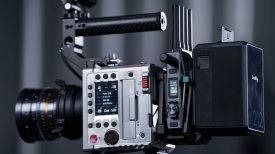OM SYSTEM (formally Olympus) has announced the new OM-1 Mark II MFT mirrorless hybrid. This is a follow up to the OM-1 which was announced in mid-February 2022.
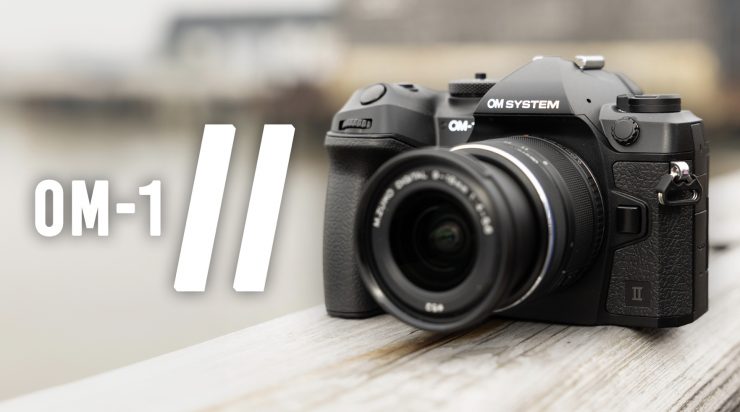
At first glance this doesn’t appear to be a huge upgrade over its predecessor as its using the same sensor, same EVF, and OLED Electronic Viewfinder.
The OM-1 Mark II’s major update comes in the form of computational photography, with the introduction of the first Live Graduated ND function.
Other upgrades for the OM-1 Mark II include enhanced AI subject detection for humans, updated menu configuration, 14-bit raw output, and rubberized dials.
Key features
- 20MP Stacked BSI Live MOS MFT Sensor
- DCI/UHD 4K 60p 10-Bit Internal Video Recording
- DCI/UHD 4K 60p 14-Bit Video Recording (RAW output)
- 10 fps Shooting, 120 fps with E. Shutter
- Cross Quad Pixel Phase-Detection AF
- 5.76m-Dot OLED Electronic Viewfinder
- 3.0″ 1.62m-Dot Swivel Touchscreen LCD
- 5-Axis In-Body Image Stabilization
- High-Res Shot, Live ND & Composite Modes
- IP53 Weather-Sealed & Freezeproof Design
- Dual UHS-II SD Card Slots
Sensor

The OM-1 II uses the same 20.4MP (effective) 17.4 x 13 mm (Four Thirds) MOS M4/3 type stacked BSI live MOS sensor that comes from Sony that is found in the OM-1. This stacked BSI design offers fast readout speeds, low noise levels, and greater dynamic range.
TruePic X Processor

The TruePic X is claimed to offer 3x-faster processing speeds along with a 120 fps sensor readout rate for faster, more responsive shooting. The processor also contributes to a wide ISO range and quick continuous shooting rates.
The camera is equipped with Pro Capture, which starts recording with the 1st release of the shutter and records retroactively from the moment of the 2nd release of the shutter. This ensures that you can capture moments missed due to human reaction time lag, at up to approximately 120 frames per second with AF/AE fixed. Even with AF/AE tracking, you can perform high-speed continuous shooting at approximately 50 frames per second.
With the OM SYSTEM OM-1 Mark II, the built-in buffer memory has been expanded, increasing the number of images that can be taken to approximately 99 (70 for the OM SYSTEM OM-1). With Pro Capture, the number of continuous shots taken is 219 JPEG images and 213 RAW images.
Weight & Size

The camera weighs 511g / 1.12 lb (Body only) and it has physical dimensions of 134.8 x 91.6 x 72.7mm / 5.27 x 3.64 x 2.86″.
If we compare this to a GH5 II it weighs 727 g / 1.6 lb (Body with Battery and Memory).
Video Recording Capabilities

The OM-1 features DCI/UHD 4K video recording up to 60p and 10-bit 4:2:2 sampling. Full HD recording is possible at up to 240 fps.
An HLG picture mode permits in-camera HDR recording and an OM-Log gamma allows for greater color grading range when adjusting the footage in post-production.
In-camera time-lapse production is possible, up to UHD 4K with frame rates from 5 fps to 30 fps.
What does it record to?
The camera has dual SD, SDHC (UHS-I/II), SDXC (UHS-I/II) card slots. It is a bit unfortunate that OM System didn’t make at least one of the card slots CFexpress Type B.
HDMI Output
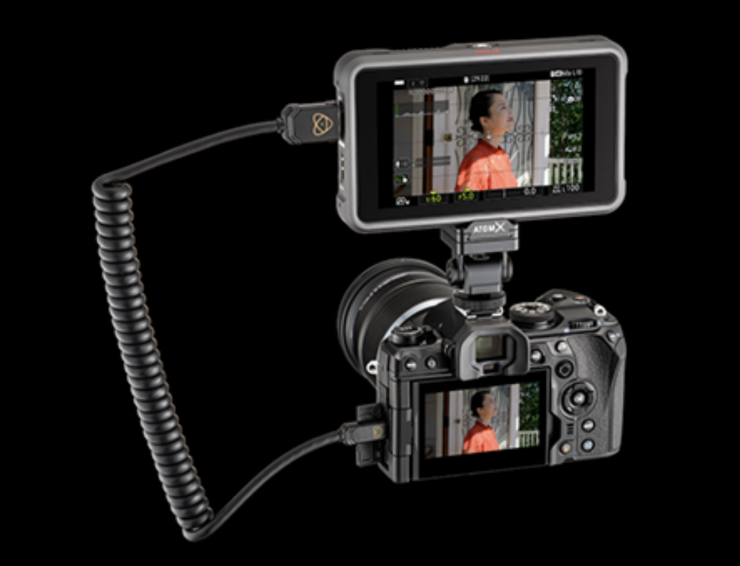
Over HDMI you can choose three options with the camera:
- Monitor Mode
- Record Mode
- RAW Mode
12-bit RAW output is supported via the micro-HDMI port when working with an optional compatible external recorder, such as the Atomos Ninja and Ninja Ultra. You will be able to record ProRes RAW in either DCI 4K (4096 x 2160) or UHD 4K (3840 x 2160).
Monitor mode / Recording mode / RAW mode
- In monitor mode, enlarged display is not possible while recording video with the camera.
- In recording mode, uncompressed YCbCr 4:2:2 (8bit) can be set (when simultaneously recording 4K/C4K/FHD HS, upsampling from 4:2:0 to 4:2:2 is possible. )
- In RAW mode, output video: 4K/C4K 12bit RAW data, frame rate: Select in video quality mode, audio output: Yes
Unfortunately, the camera features a Mini HDMI output and not a full size HDMI.
Cross Quad Pixel AF & AI Detection

The OM-1 II’s AF system features a unique design that uses on-sensor phase-detection AF. This is a Cross Quad Pixel system that effectively splits each pixel into four sub-pixels for cross-sensor performance that is more adept at focusing in tricky lighting conditions. The focusing system has 1053 individual points, which fully cover the sensor and perform at up to 120 fps to suit virtually all recording methods.
Benefitting from the Cross Quad Pixel AF structure, color and contrast information from the sensor can also be used to create a detailed depth map of the image for more refined subject detection and tracking accuracy. Using AI, this focusing system is claimed to be able to automatically detect a range of subject types, like cars, motorcycles, airplanes, helicopters, trains, birds, dogs, cats, and humans, as well as faces and eyes. Compared to earlier iterations of this focusing system, improved processing is now said to make focusing performance 2x more accurate and 3x faster.
AI Subject Detection AF
- Humans
- Birds
- Dogs
- Cats
- Cars
- Motorcycles
- Airplanes
- Helicopters
- Trains
One-push Movie Digital Converter
OS System has incorporated what they are referring to as a One-push Movie Digital Converter. What this essentially does is provide you with a 1.4x crop of your image.
Rear LCD & EVF
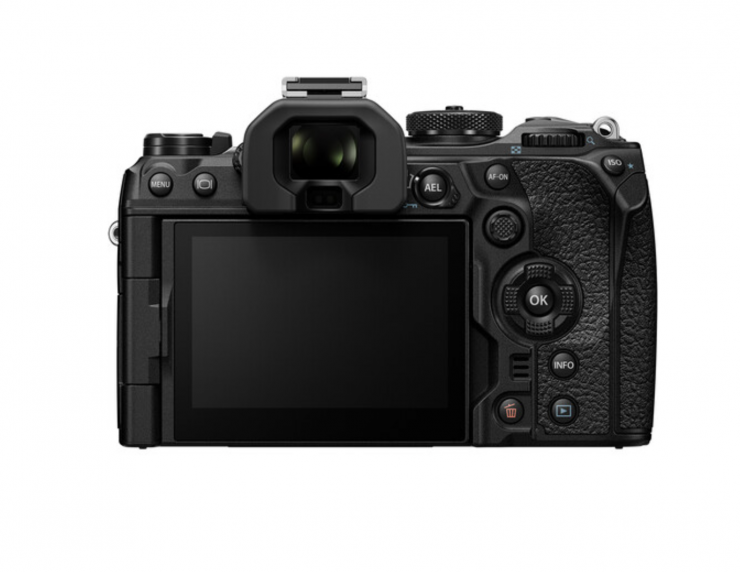
The electronic viewfinder features a 5.76m-dot OLED panel. The finder has a 0.83x-equivalent magnification, a 21mm eyepoint, and 120 fps refresh rate.
The 3.0″ 1.62m-dot LCD touchscreen features a vari-angle design with 270° of swivel to suit working from high, low, and front-facing angles.
Picture Profiles
The OM-1 II can record in OM-Log400 or HLG. OM-Log400 is OM System’s Log profile.
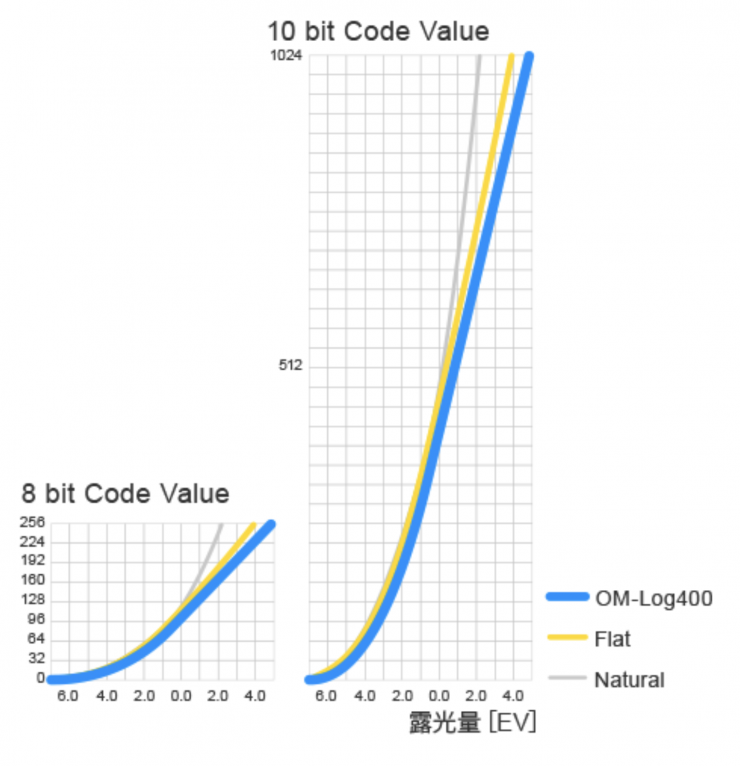
The following picture profiles are also available:
- i-Finish
- Vivid
- Natural
- Flat
- Portrait
- Monotone
- Custom,
- Underwater
- Color Creator
- Art Filters
Video Assist Tools
Along with the usual focus magnification, the camera also has peaking (available in four colors), zebras, histogram, and a center marker. There is no listing for a waveform.
There is timecode available, but there is no physical way of inputting timecode unless you use something like a Tentacle Sync that can input timecode over audio.
Audio
The camera has a built-in stereo microphone and a single 3.5mm mic input jack. There is also a 3.5mm headphone jack for monitoring audio.
Photography Features
The OM-1 II features several Creative Shooting Modes.
High Res Shot—Benefitted by the stacked sensor design, processing power, and image stabilization system, this mode composites a series of 12 shots into a single higher-resolution frame in just 5 seconds. Tripod High Res Shots mode produces an 80MP raw file and Handheld High Res Shot mode produces a 50MP raw file, and both modes offer up to 2 stops of reduced noise and improved color information.
Live Graduated ND function—Previously OM SYSTEM had a similar feature, but it was based around fixed strength ND values. Now this unique function digitally simulates the effects of an optical neutral density filter in a graduated way for people who want to produce long exposure/slow shutter speed effects.
Live Composite—Perfect for long exposures, nighttime shooting, and light painting applications, this unique mode gradually builds up an exposure over time without overexposing key elements within the frame. This mode works to only record newly detected light sources over time, and allows live view monitoring as an image develops. A Handheld Live Composite mode is available, too.
Focus Stacking—This mode automatically records 15 sequential frames while shifting the plane of focus slightly between each frame, then composites these exposures into a single image that exhibits an extended depth of field.
Price & Availability
The OM-1 II will retail for $2,397.99 USD. It will be available in March. The original OM-1 cost $2,199 USD and it is now on sale for $1,999 USD.
New Lenses

OM SYSTEM has also announced an updated M.Zuiko Digital ED 9-18mm f/4-5.6 II wide-angle zoom lens, and the M.Zuiko Digital ED 150-600mm f/5-6.3 IS versatile super-telephoto zoom.
Thoughts
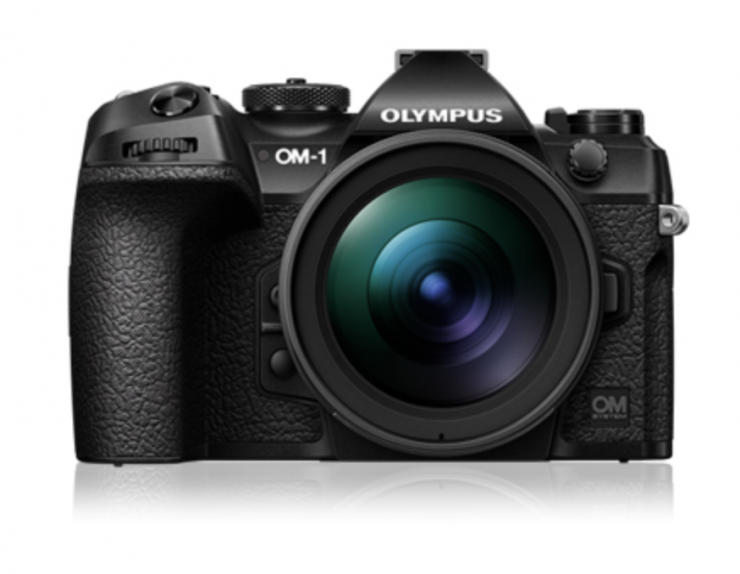
I think this is a pretty decent stills camera, but it probably won’t have much appeal for video shooters, especially since it has to compete with cameras such as the GH6. M4/3 has arguably become a very niche format to shoot on and while it does offer some advantages over other formats, most shooters have moved onto S35 and full frame sensor options.
At $2,397.99 USD it is a hard sell for OM SYSTEM to attract any type of new buyer to purchase a M4/3 system. For existing Olympus owners the OM-1 II will certainly have a strong appeal, especially if you already happen to own a lot of M4/3 native glass.
Olympus Falls and then Rises again
In 2021 the Olympus imaging division was sold to Japan Industrial Partners and rebranded as OM Digital Solutions. At the time, OM Digital Solutions made it very clear that they would continue to develop and make M4/3 cameras.
OM SYSTEM which is the new camera brand under the OM Digital Solutions umbrella also wanted loyal Olympus followers to know that they would follow the same path that Olympus had already forged.
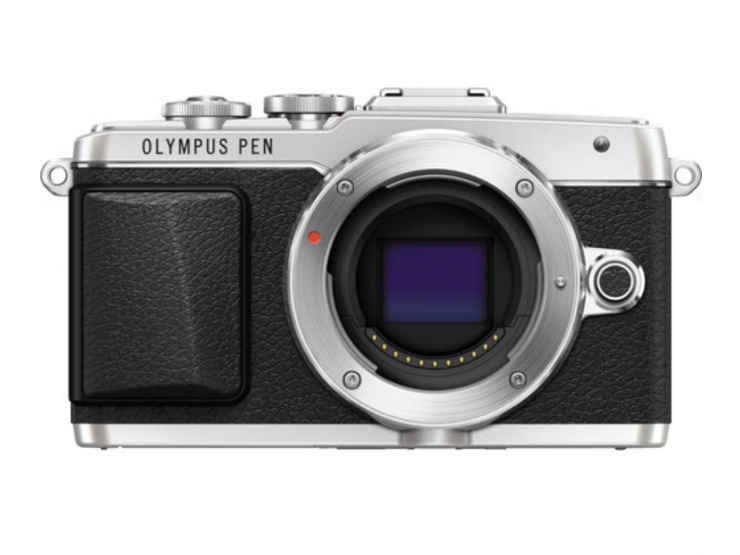
The OM-1 isn’t the first camera to be released by OM System. The Olympus PEN E-P7 was, but that camera had already been developed by Olympus prior to the sale.








